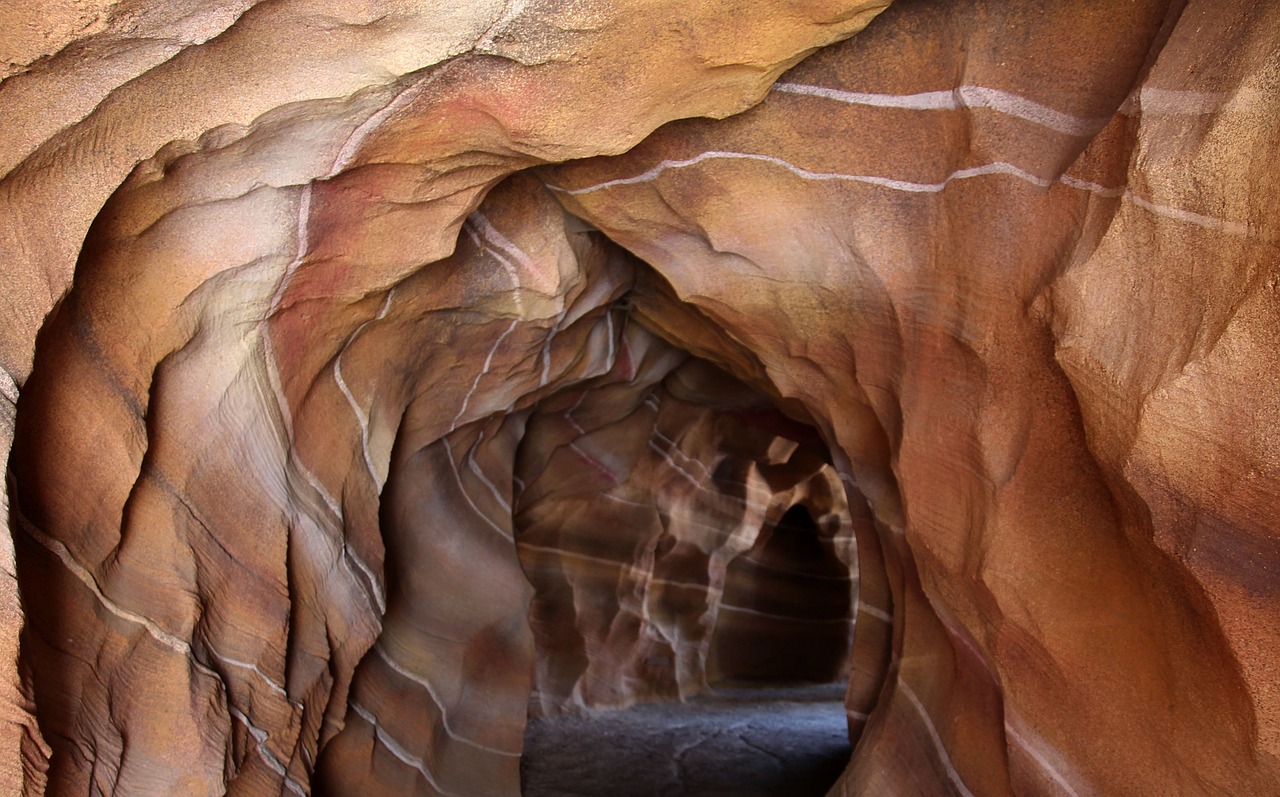Canada is taking a significant step toward addressing the long-term management of nuclear waste through the development of a deep geological repository (DGR). This initiative aims to safely store and isolate nuclear waste deep underground, a solution designed to protect both human health and the environment for thousands of years. With nuclear energy playing a key role in Canada’s energy mix, this project is vital to ensure that the byproducts of this energy source are responsibly managed.
The Need for a Deep Geological Repository
Nuclear waste, primarily a byproduct of nuclear power plants and medical or industrial applications, remains hazardous for thousands of years. Its management poses one of the most challenging environmental and technical problems. In Canada, the amount of nuclear waste has been accumulating for decades, as the country operates several nuclear power plants, particularly in Ontario, New Brunswick, and Quebec. Currently, this waste is stored at the surface in temporary facilities, which are not designed to be permanent solutions.
The long-term storage of nuclear waste requires a highly secure and stable environment to prevent contamination of groundwater and surface ecosystems. This is where the deep geological repository (DGR) comes into play. The DGR involves burying nuclear waste deep underground in stable rock formations, typically 500 meters or more below the surface, where it can remain isolated from the biosphere for thousands of years.
Project Overview
Canada’s nuclear waste management strategy is spearheaded by Nuclear Waste Management Organization (NWMO), a non-profit entity responsible for finding a long-term solution to the country’s nuclear waste. The NWMO’s current focus is the Deep Geological Repository project, which is planned to be located in a remote area in Ontario, near the town of Ignace. The facility will be designed to securely store waste in a way that ensures safety, environmental protection, and the ability to monitor its integrity for generations.
The DGR will consist of two key components: a surface facility for waste handling and an underground storage vault where the waste will be permanently stored. The facility will be engineered to last for over 100,000 years, using the natural stability of the geological formation to prevent any leakage or contamination of the surrounding environment.
Safety and Environmental Considerations
The geological repository is being designed to ensure the safety and protection of public health and the environment. One of the critical aspects of this plan is the geological stability of the site. The chosen location in the Canadian Shield is known for its solid, impermeable rock formations, which provide an ideal environment for the long-term containment of nuclear waste. These rock formations are geologically stable, with very low rates of seismic activity and groundwater movement, further minimizing the risk of contamination.
Moreover, the repository will be engineered with multiple safety barriers. The waste will be contained in corrosion-resistant containers, and the geological formation itself will provide an additional protective layer. The facility will also have continuous monitoring systems to detect any changes in conditions that might pose a risk to the integrity of the repository.
The NWMO has undertaken a comprehensive environmental assessment process, which has included extensive consultation with Indigenous communities, local governments, and environmental groups. Public consultation is a vital component of the project, and the NWMO has committed to ensuring that the community remains informed and involved in the decision-making process.
Challenges and Controversy
While the deep geological repository is seen by many as the safest and most reliable long-term solution, it has faced some opposition. Environmental activists, some Indigenous groups, and local residents have expressed concerns about the potential risks associated with nuclear waste storage. Some fear that the facility might leak or that the region could face environmental degradation due to unforeseen events, such as earthquakes or other natural disasters.
One of the most significant challenges is ensuring that the site remains secure for the vast timescales required—up to 100,000 years—during which human societies and the environment may change dramatically. The project also requires the construction of a state-of-the-art facility, which involves significant technical, logistical, and financial investments.
Conclusion
Canada’s plan for the deep geological disposal of nuclear waste represents a forward-thinking solution to a critical environmental challenge. By leveraging the natural stability of the Canadian Shield and investing in robust engineering and safety measures, the country aims to create a safe, secure, and long-term storage option for its nuclear waste. Although the project faces challenges and opposition, the commitment to thorough environmental assessments, community engagement, and transparent decision-making reflects Canada’s dedication to responsibly managing nuclear waste for generations to come.
References
- Nuclear Waste Management Organization (NWMO). (2024). Managing Canada’s Nuclear Waste. www.nwmo.ca
- Canadian Environmental Assessment Agency. (2023). Environmental Impact Assessment for the Deep Geological Repository Project.
- Government of Canada. (2024). A Safe, Secure, and Sustainable Solution for Nuclear Waste.
- Canadian Nuclear Safety Commission (CNSC). (2024). Safety of Nuclear Waste Management Facilities in Canada. www.nuclearsafety.gc.ca
This initiative reflects Canada’s careful and scientifically driven approach to nuclear waste management, ensuring both the safety of current and future generations.



